Learn how to make homemade pasta with our easy recipe. Discover the benefits of using a pasta maker, how much to make for a meal and winter storage, the best ways to preserve it, and the best flours. This recipe is perfect for large families and sustainable living on the homestead.
Here on the homestead, we have 60 laying hens, which means many eggs are laid daily. I have enjoyed preserving our eggs with homemade pasta, also known as egg noodles. With four simple ingredients, you can have fresh homemade pasta for your family to enjoy if dried and stored that evening or in the future.
Let’s be honest: Feeding a large family is no easy task. But ensuring we have wholesome food to nourish our bodies is essential in our homesteading and sustainable living goals. In this blog, I’ll guide you through making homemade pasta, using a pasta maker, determining how much to make for a meal and winter storage, the best ways to preserve it, and the best flours for homemade pasta.
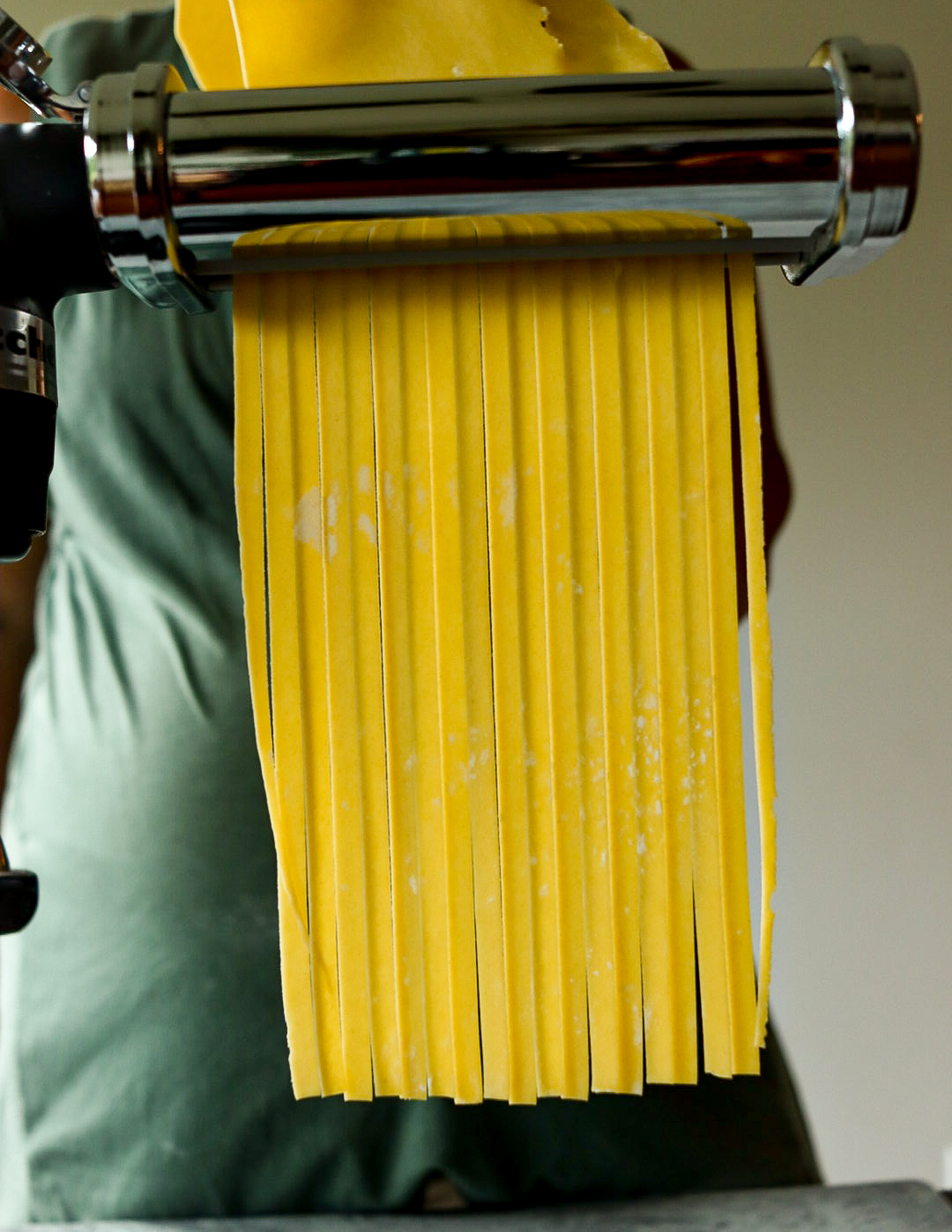
How to Use a Pasta Maker to Make Pasta:
Using a pasta maker simplifies making homemade pasta and ensures consistent results. Here’s how to use one:
- Prepare the Dough: Combine 2 cups of flour, three large eggs, a pinch of salt, and a tablespoon of olive oil in a mixing bowl. Knead the dough until it’s smooth and elastic. Let it rest for 30 minutes to relax the gluten.
- Divide the Dough: Cut the dough into manageable pieces about the size of a golf ball. Keep the pieces you’re not working with covered to prevent them from drying out.
- Set Up the Pasta Maker: Attach your pasta maker to a sturdy surface. Set the rollers to the widest setting.
- Roll Out the Dough: Flatten one piece of dough with your hands and feed it through the rollers. Fold the dough in half and feed it through again. Repeat this process 3-5 times, narrowing the roller setting until the dough reaches the desired thickness.
- Cut the Pasta: Once the dough is thin enough, cut it into noodles using the pasta maker’s cutting attachment. Alternatively, you can cut the dough by hand into your preferred pasta shape.
- Dry the Pasta: Lay the cut pasta on a pasta drying rack or a clean, floured surface. Let it dry for at least 30 minutes before cooking or storing.
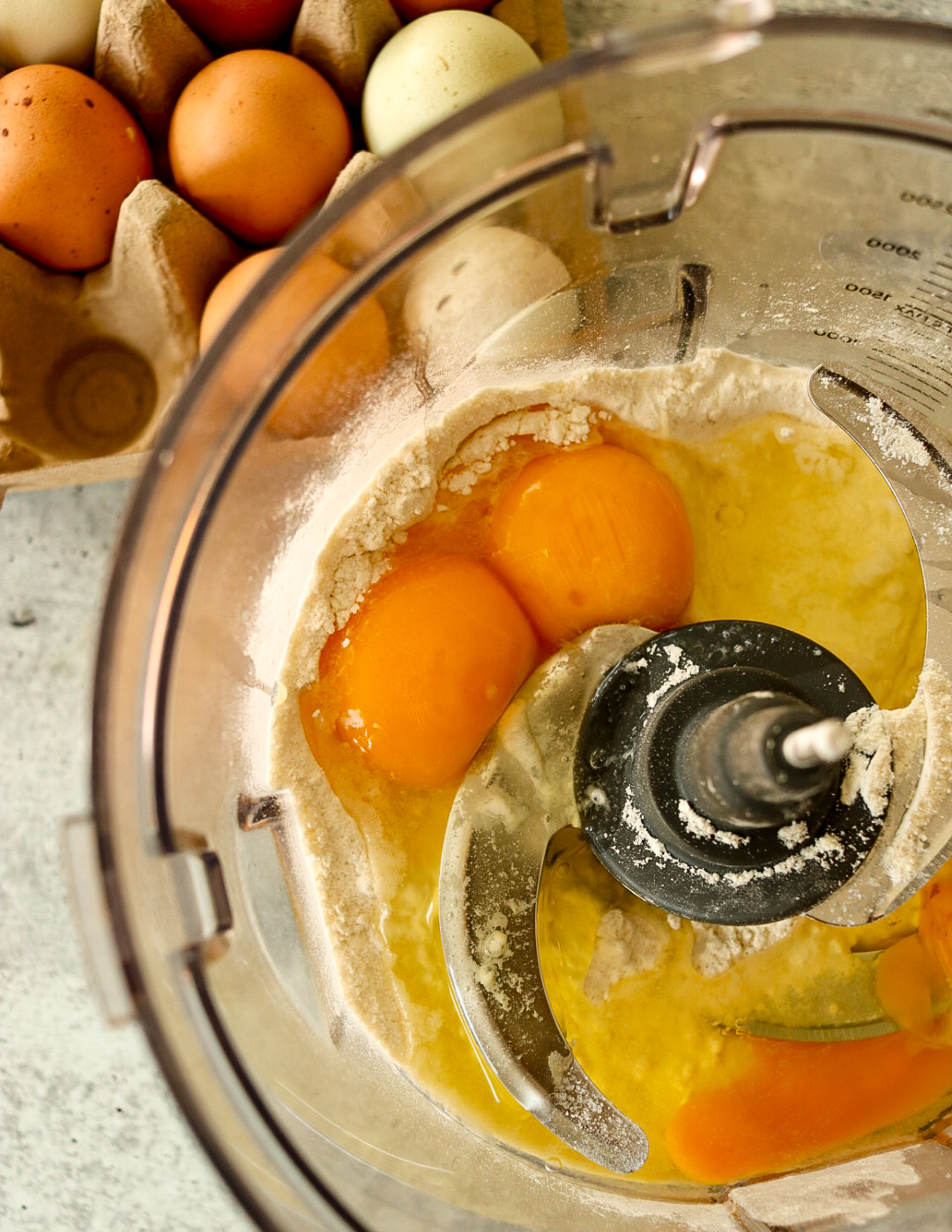
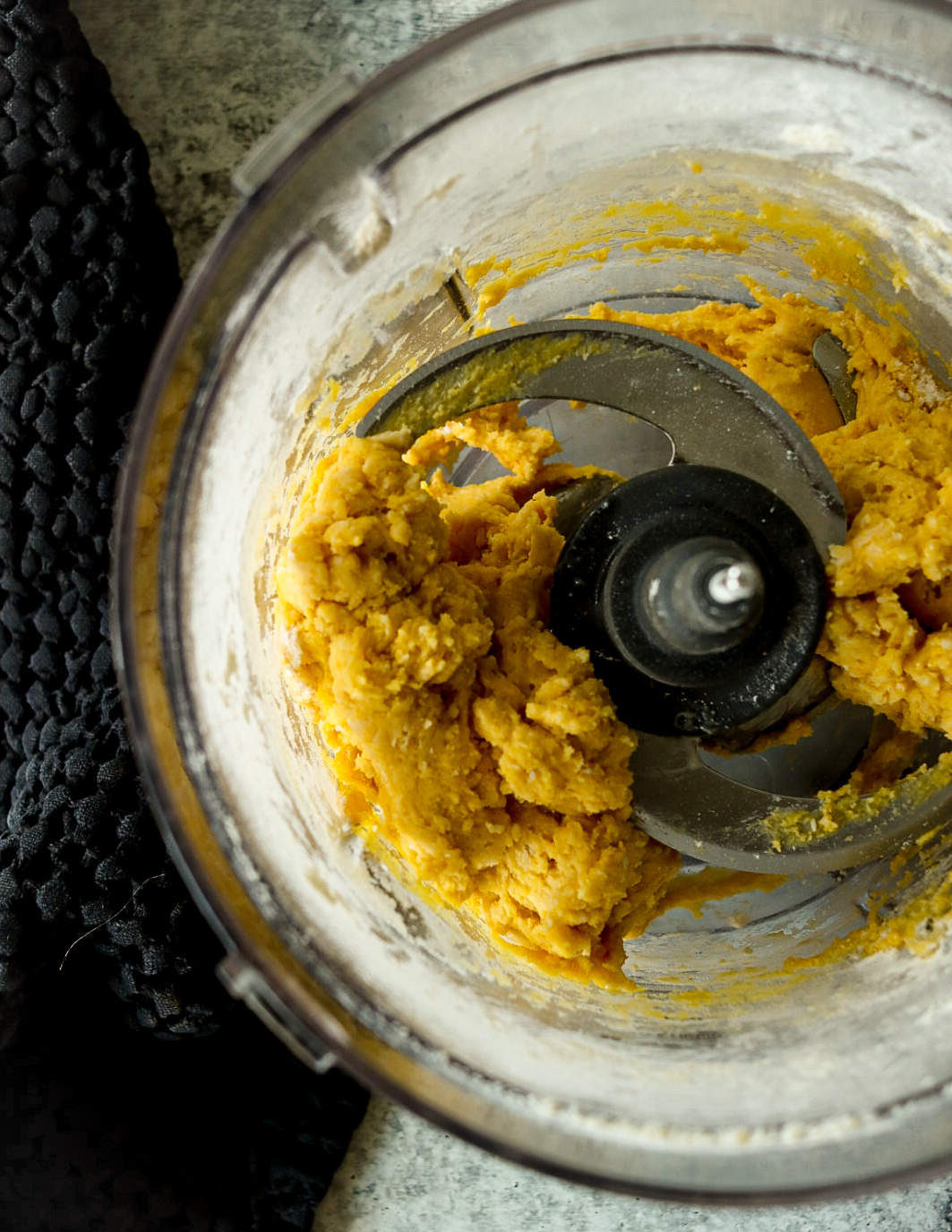
How Much Pasta to Make for a Meal?
When determining how much pasta to make for a meal, consider the number of people you’re feeding and their appetites. Here’s a general guideline:
- Serving Size: A typical serving of pasta is about 2 ounces (dry weight) per person. For fresh pasta, this translates to about 4 ounces (fresh weight) per person.
- Family Size: We typically prepare about 2 pounds of fresh pasta for a meal for our large family of eight. This ensures everyone is satisfied, and there’s usually a bit left over for seconds or lunch the next day.
- Appetite Considerations: If you’re serving pasta as a main dish with a light side, you might want to increase the portion size slightly. For smaller families or if pasta is a side dish, adjust accordingly.
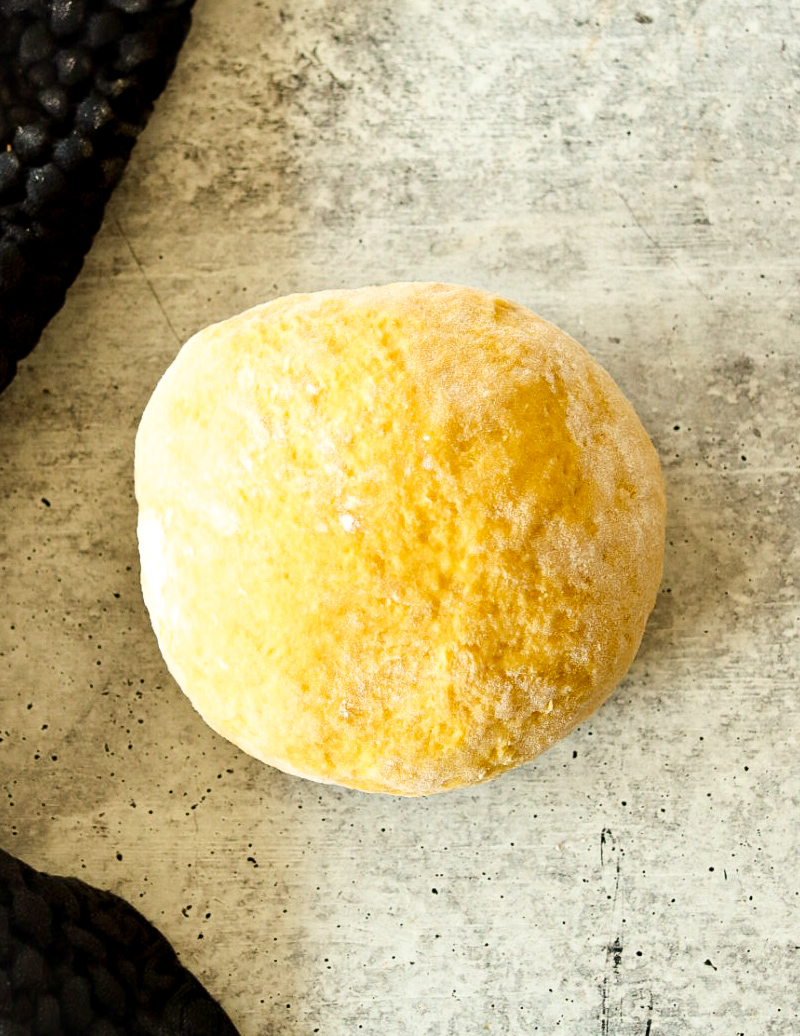
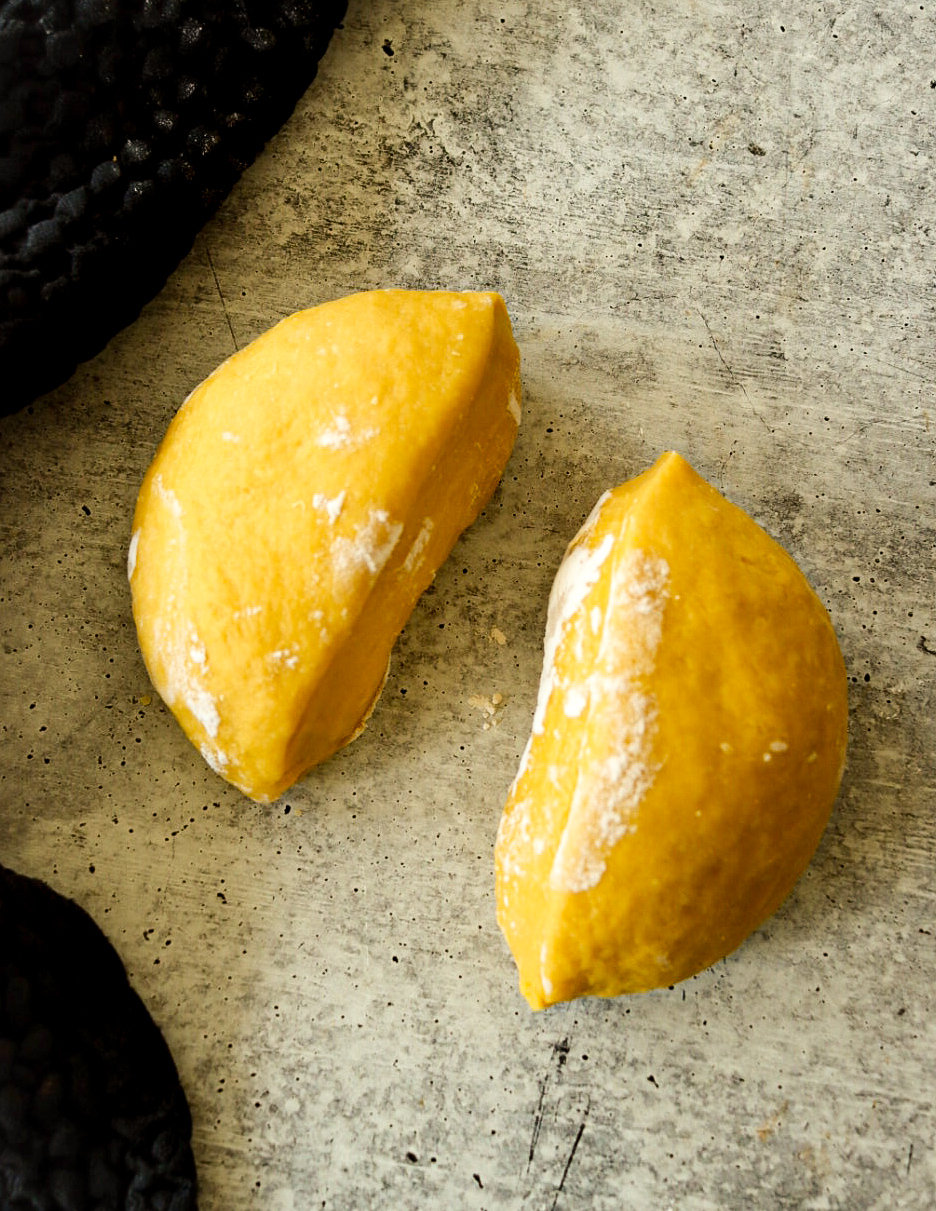
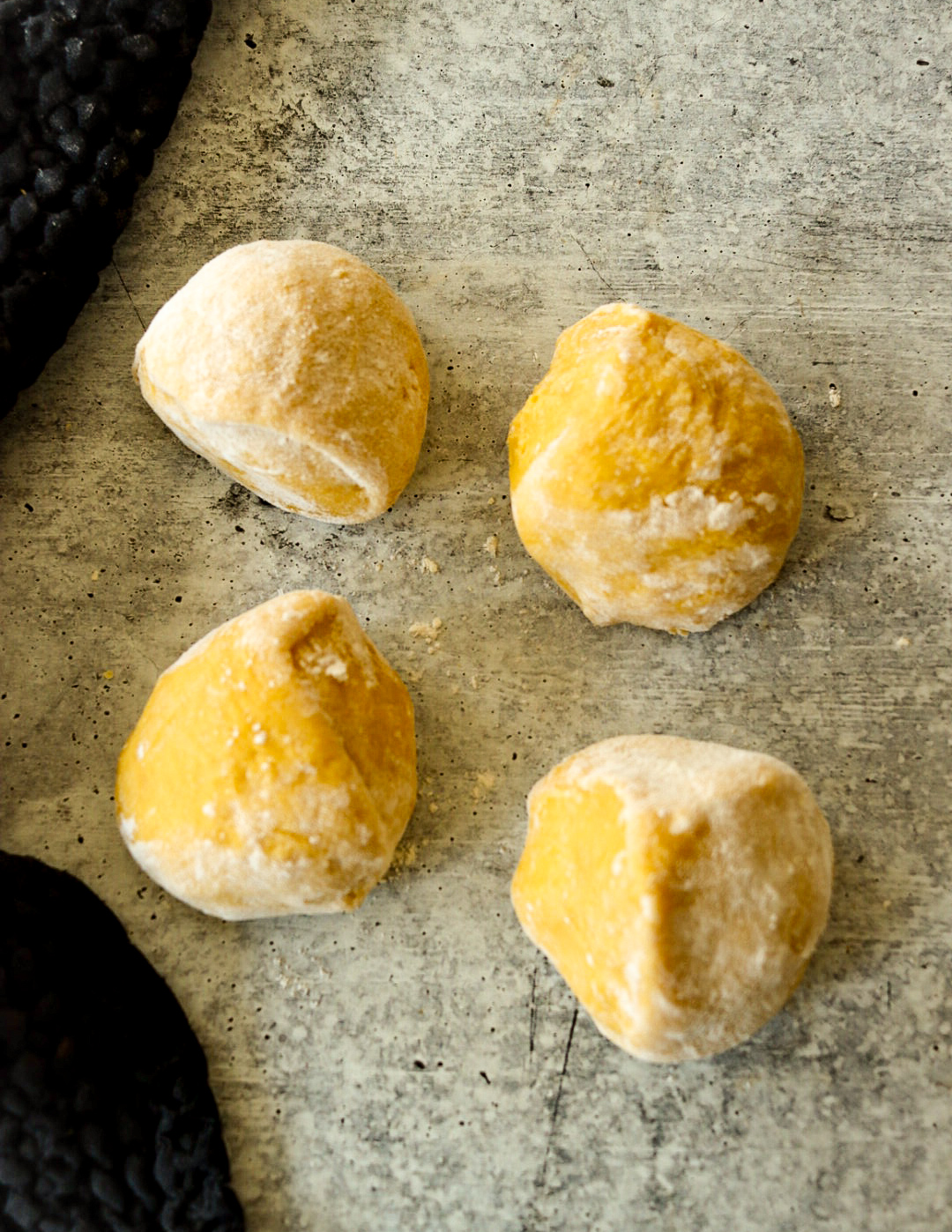
How Much Pasta to Make to Preserve for Winter?
To ensure a steady supply of homemade pasta throughout the winter, it’s essential to plan. Here’s how to estimate the amount of pasta to make and preserve:
- Weekly Consumption: Estimate how much pasta your family consumes weekly. For us, it’s about 2 pounds per week.
- Winter Duration: Determine the length of your winter season. In our area, we plan for about 20 weeks of winter.
- Total Quantity: Multiply your weekly consumption by the number of weeks. For us, that’s 2 pounds x 20 weeks = 40 pounds of pasta.
- Storage Space: Ensure you have adequate storage space for your preserved pasta. Dried pasta can be stored in airtight containers; frozen pasta requires freezer space.
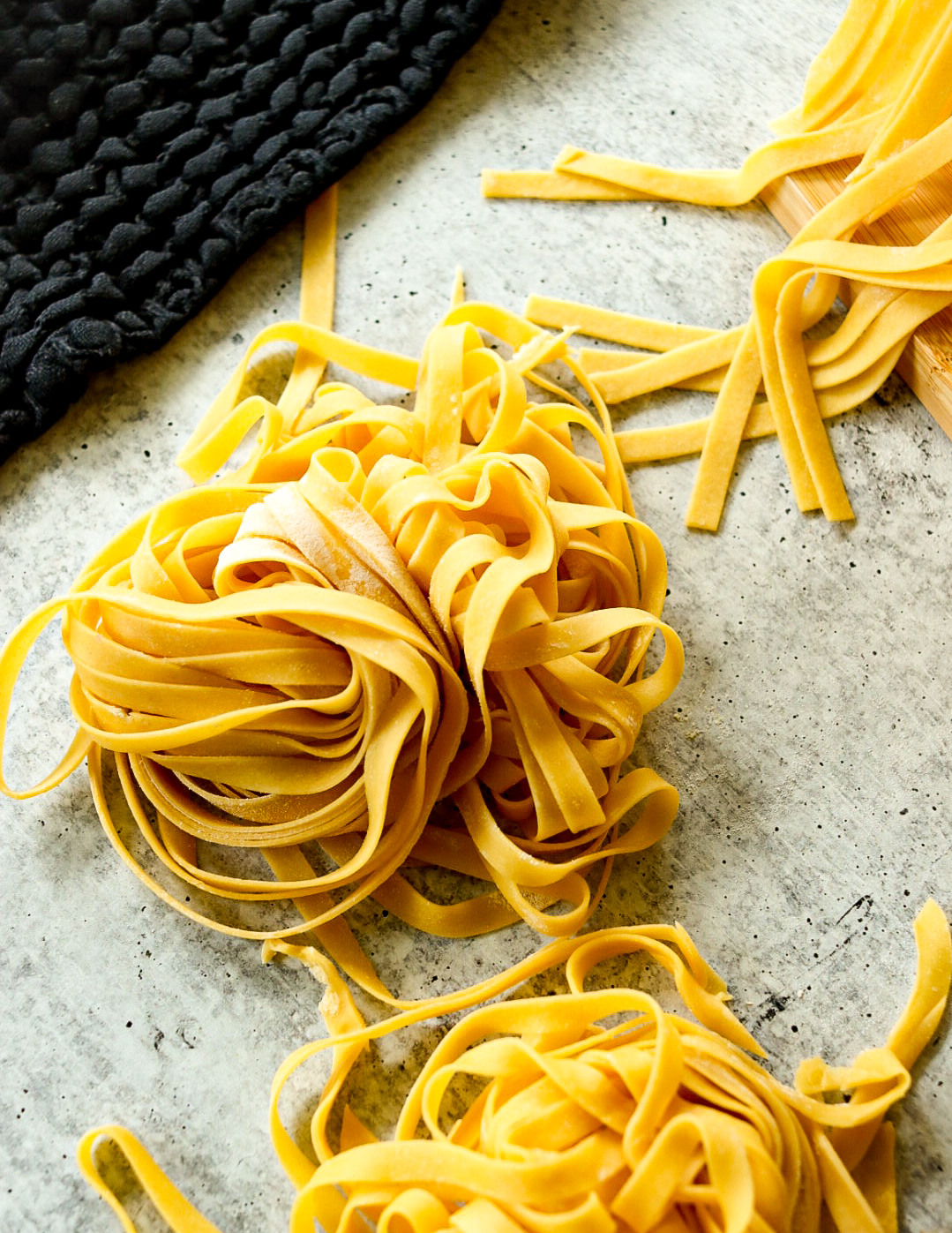
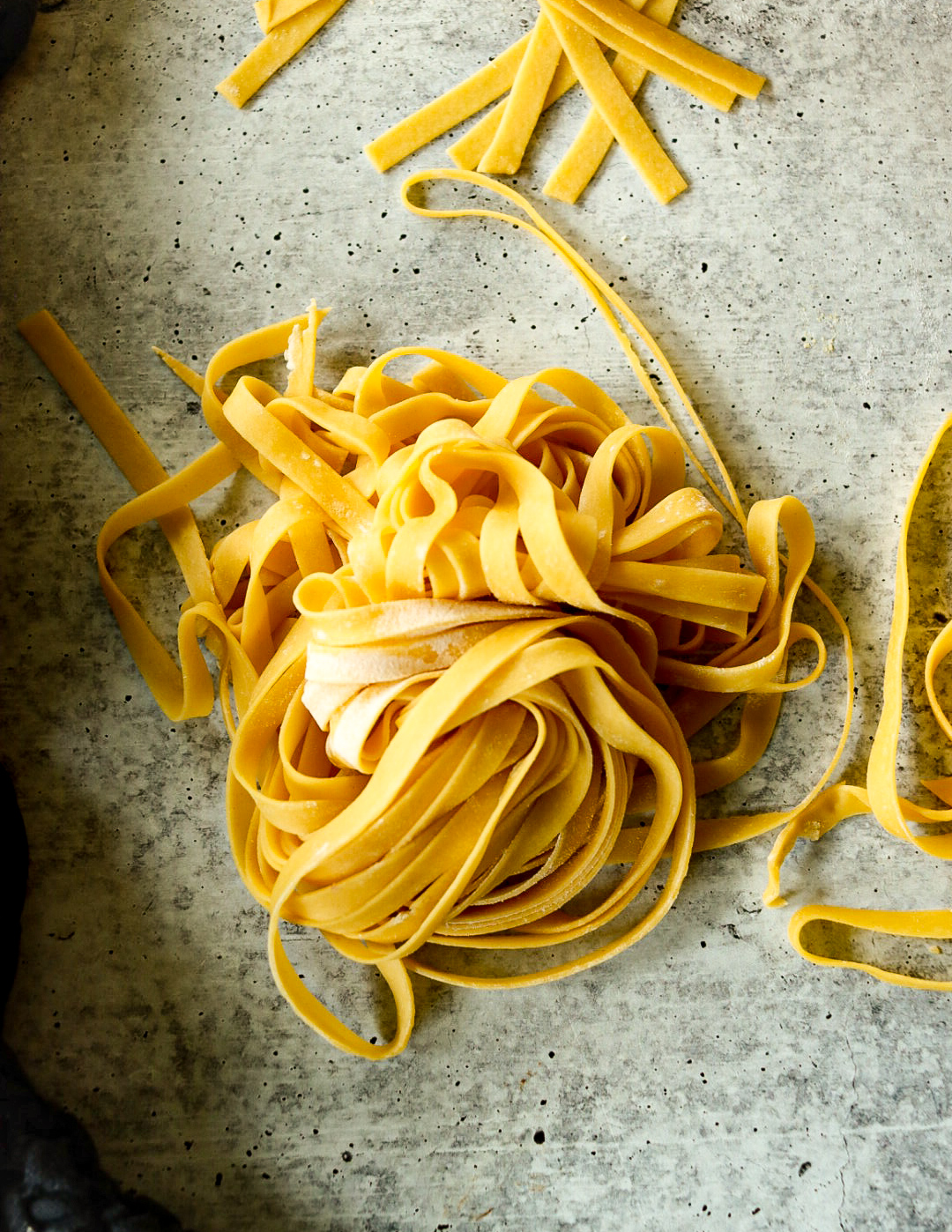
Best Way to Preserve Homemade Pasta:
Preserving homemade pasta ensures you have a ready supply throughout the year. Here are the best methods:
- Drying: Drying pasta is a traditional and effective method. After cutting the pasta, lay it out on drying racks or hang it on a pasta drying rack. Depending on the humidity, let it dry completely, which can take up to 24 hours. Once dried, store the pasta in airtight containers or resealable bags in a cool, dry place.
- Freezing: Freezing fresh pasta is another excellent option. After cutting the pasta, spread it on a baking sheet and freeze it for about an hour. Once frozen, transfer the pasta to freezer bags or airtight containers. Label and date the bags, and store them in the freezer for up to 6 months.
- Vacuum Sealing: Consider vacuum sealing your dried or frozen pasta for long-term storage. This method removes air, reducing the risk of moisture and freezer burn, and extends the shelf life.
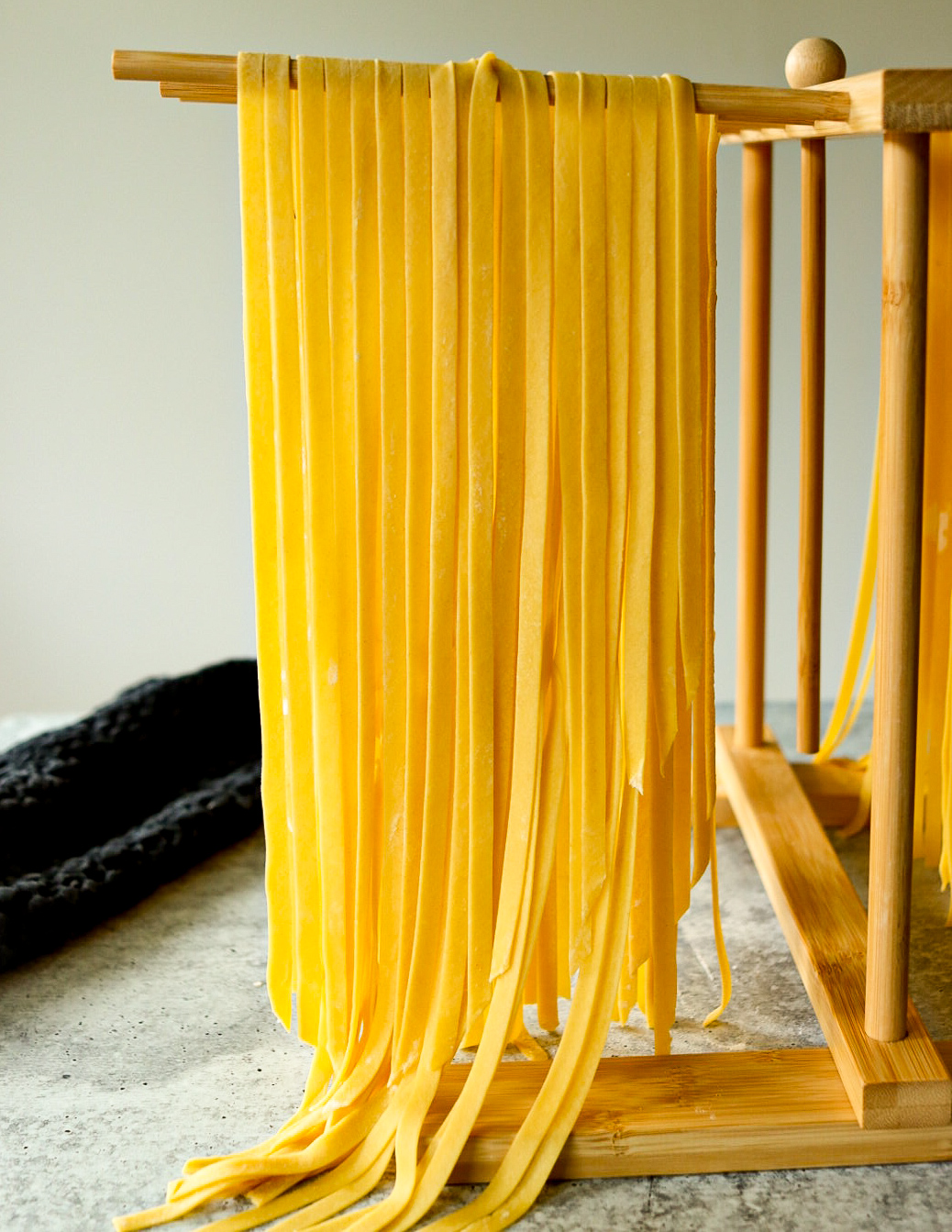
Best Flours for Homemade Pasta:
Choosing the suitable flour is crucial for achieving your homemade pasta's perfect texture and flavor. Here are some of the best options:
- All-Purpose Flour: This versatile flour is readily available and works well for most pasta recipes. It produces a smooth, tender dough and is easy to work with.
- Semolina Flour: Made from durum wheat, semolina flour is coarser and has a higher protein content than all-purpose flour. It gives pasta a slightly firmer texture and a distinctive yellow color. It’s ideal for traditional Italian pasta.
- 00 Flour: This finely ground Italian flour is perfect for making delicate, silky pasta. It’s low in protein, producing a tender dough that’s easy to roll out and shape.
- Whole Wheat Flour: For a healthier option, consider using whole wheat flour. It adds a nutty flavor and a slightly denser texture to the pasta. You can use it alone or mix it with all-purpose or semolina flour.
- Gluten-Free Pasta Flour: Gluten-free flour blends designed for pasta making are available for those with gluten sensitivities. These blends often include rice flour, tapioca starch, and xanthan gum to mimic the texture of traditional pasta dough.
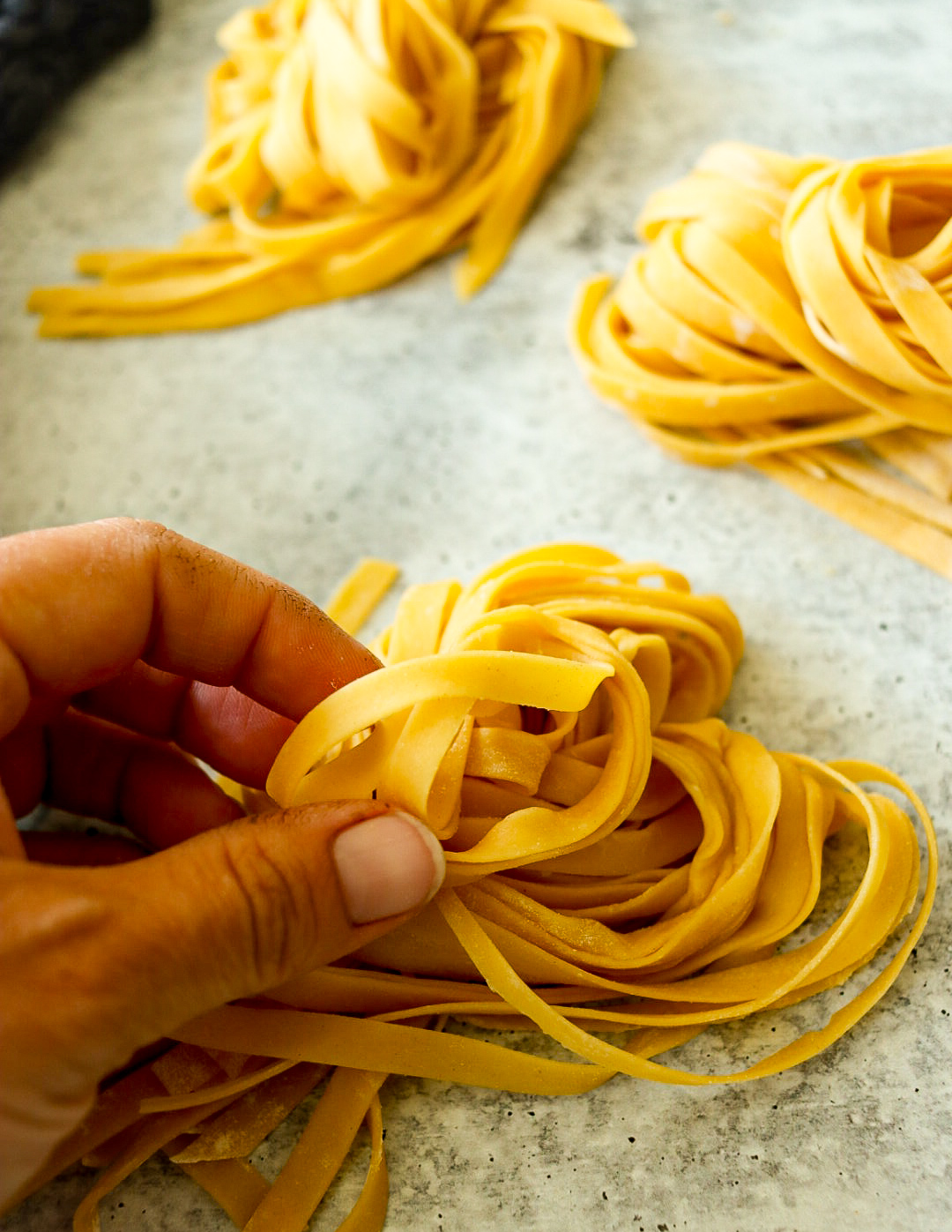
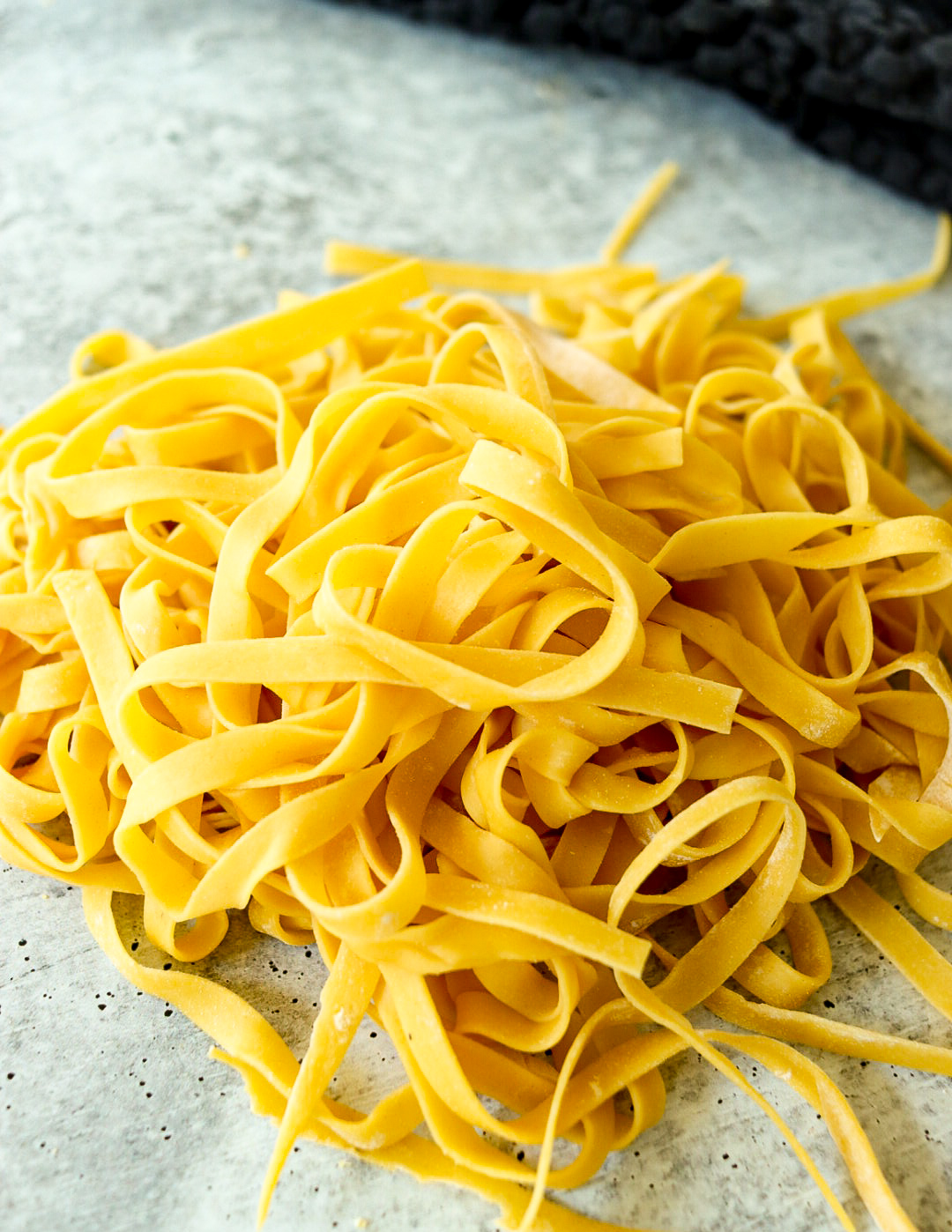
Making Homemade Pasta: A Fun Family Activity.
Making homemade pasta is not only a practical way to preserve eggs and ensure a pantry full of food, but it’s also a fun family activity. Here are some tips to make it an enjoyable experience for everyone:
- Get Everyone Involved: Assign tasks to each family member based on age and skill level. Younger children can help mix and knead the dough, while older kids can assist with rolling and cutting the pasta.
- Experiment with Shapes: Use different pasta cutters or hand-shape the dough into various pasta shapes. Make spaghetti, fettuccine, pappardelle, or fun shapes like farfalle (bow ties) and orecchiette (little ears).
- Create Flavored Pasta: Add herbs, spices, or vegetable purees to the dough for flavored pasta. Spinach, beet, and tomato pasta are colorful and delicious.
- Make It a Tradition: Set aside a day each month for pasta-making. It’s a great way to bond as a family and create lasting memories.
Making homemade pasta is a rewarding and practical way to preserve the abundance of eggs from our 60 laying hens. With just four simple ingredients, you can create fresh, delicious pasta for your family to enjoy immediately or store for future use. Using a pasta maker simplifies the process and ensures consistent results while choosing the suitable flour and preservation method to ensure your pasta is of the highest quality.
Whether feeding a large family or preparing for the winter months, homemade pasta is a wholesome, nutritious addition to your pantry. It’s also a fun and engaging family activity that brings everyone together in the kitchen.
So, the next time you have an abundance of eggs, consider making homemade pasta. It’s a delightful way to nourish your family and enjoy the fruits of your homesteading efforts.
Need a good homemade pasta recipe? You can visit my family's favorite here.

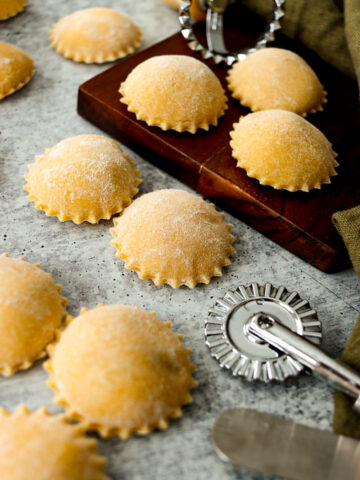
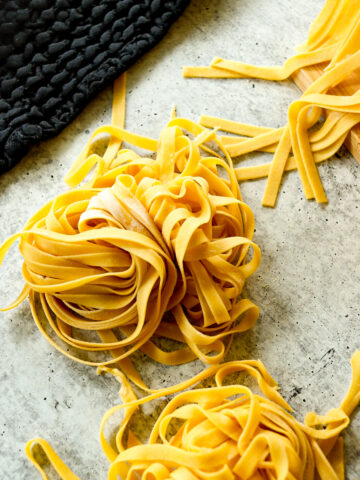
Leave a Reply